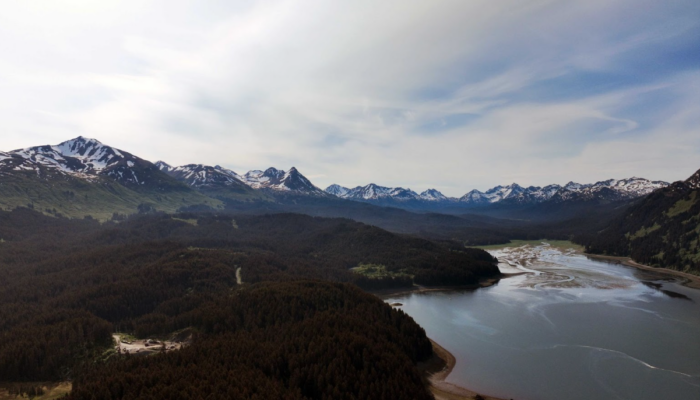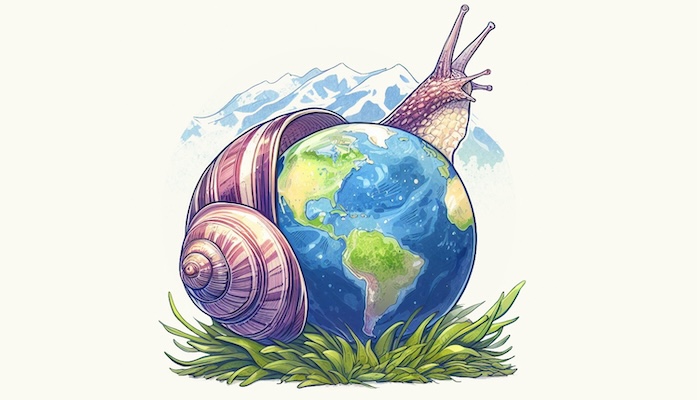You guessed it right, it’s that time of the month when I emerge from my lair, ready to share some of my great wisdom to help you navigate this scorching October. Seriously, my climate crisis depression has me in its grip but I’m here to cool us down a little bit, no worries. So, this week, we tackle Lara’s question: Should I leave academia or apply for a post-doc after my PhD? Dear Lara, You ...[Read More]
Geoscience in Alaska: From Fjords to Flysch
In this week’s blog post, one of our blog illustrators, Emily Hinshaw will take us on a journey to the faraway land of Alaska, which is well known for its rugged terrain, exciting wildlife, and being very remote. Despite these challenges, and many others, Emily loves this work and feels very lucky to be part of the research team which explores the geology and geodynamics of the region! Alaska is ...[Read More]
Mantle, Mountains and Molluscs
Geodynamic models and landscape evolution models are becoming important tools to quantify the formation and development of paleogeographic features, contributing to our understanding of the patterns of biodiversity evolution. Earth, a dynamic system The Earth’s surface works as a dynamic system and is continuously sculpted through the geological timescale by weathering, wind, rivers, and many othe ...[Read More]
T for temperature in seismic [T]omography and more
Seismic tomography, a powerful geophysical technique, is like the Sherlock Holmes of the Earth’s interior. It helps us uncover crucial information about the lithosphere and mantle, including temperature and density distributions. Understanding these physical properties is vital for a wide range of geological applications, from identifying regions of strain localization to assessing geotherma ...[Read More]




![T for temperature in seismic [T]omography and more](https://blogs.egu.eu/divisions/gd/files/2023/10/Featured-image-1-700x400.jpg)